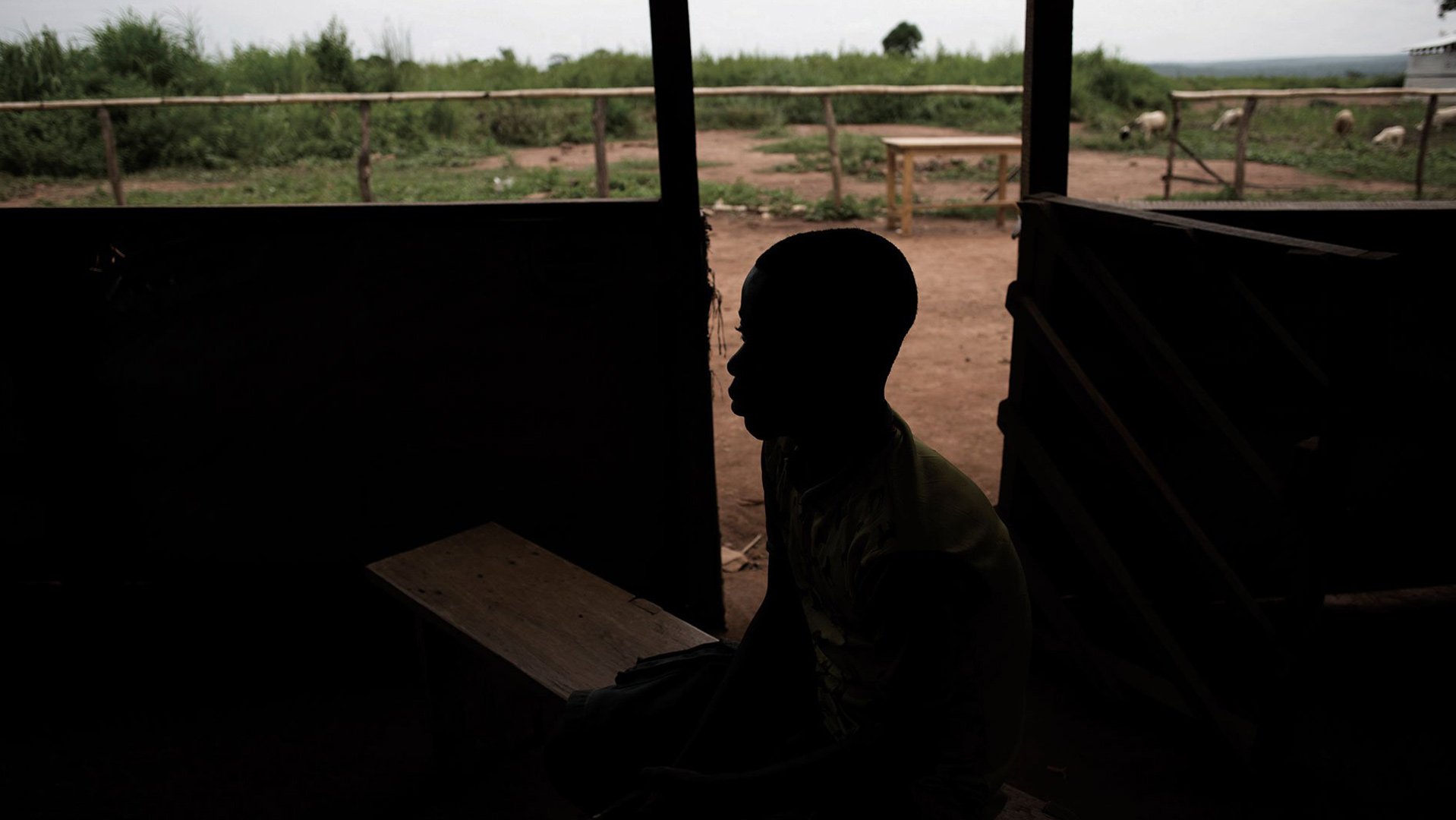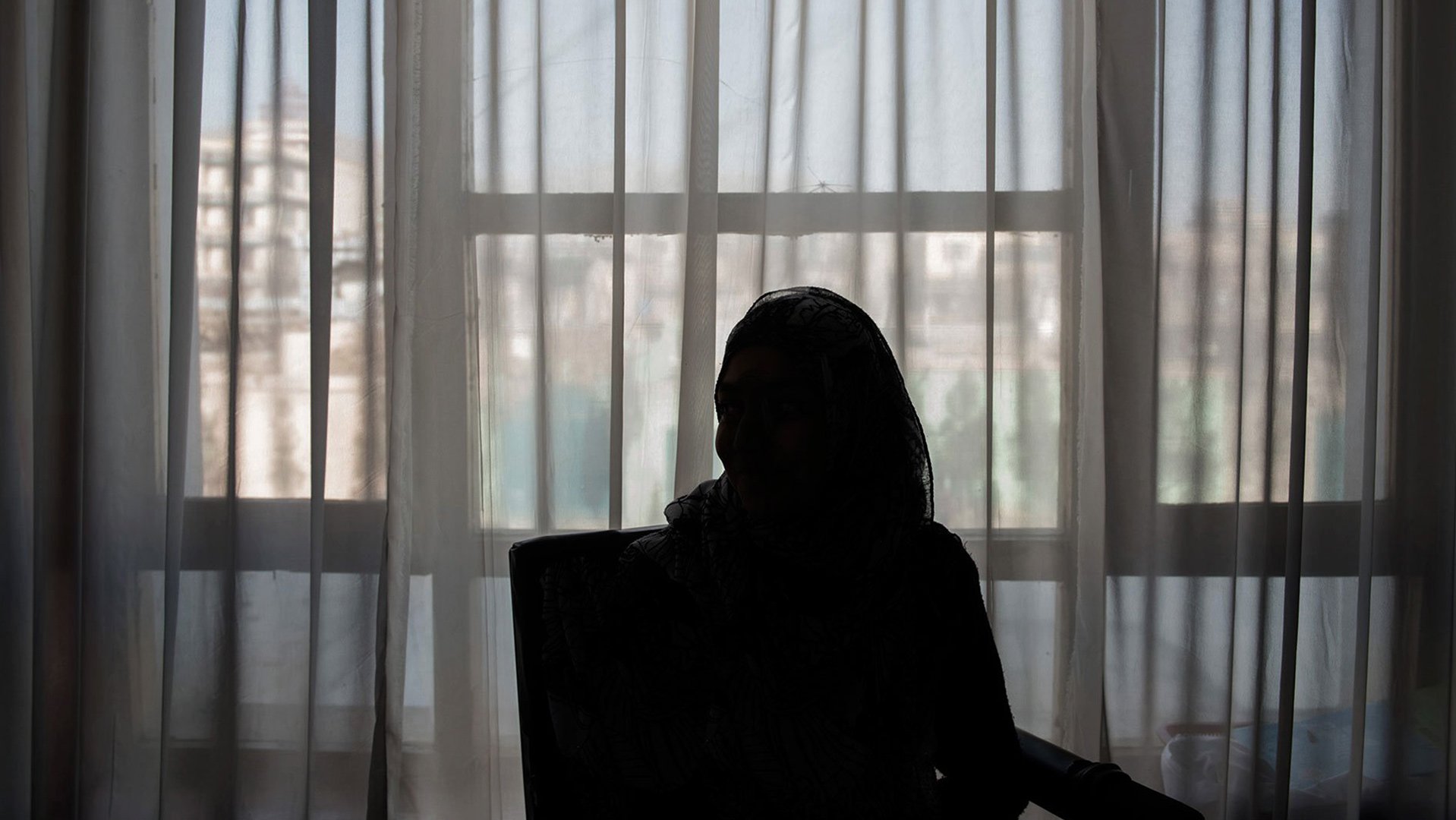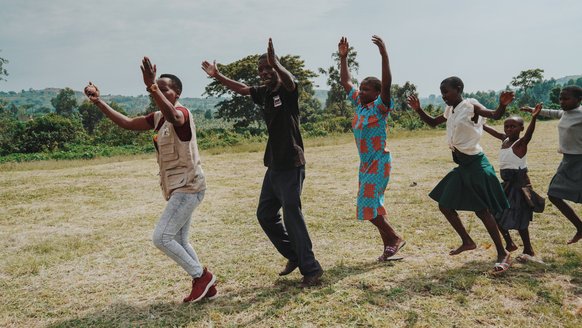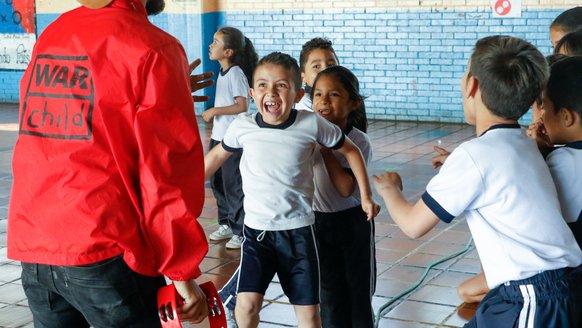Time to Think Again About Child Soldiers
Support for child soldiers needs to be improved
The perception of a boy with a gun in his hand or a girl who is used as a sex slave is outdated - just like many other views about child soldiers. Many of the programmes designed to support former child soldiers reintegrate back into society are based on stereotypes and are in fact insufficient.
War Child UK's report 'Rethink Child Soldiers' - first published in June 2019 - called for a drastic revision of the way we look at child soldiers and the funding of programmes for former child soldiers. And in 2020 its recommendations are no less urgent.

Stereotypes on former child soldiers lead to ineffective programmes that do not provide children with the support they need
Photo: Nick Hoare | War Child UK
Misunderstandings about child soldiers
- Child soldiers are generally believed to come from countries such as the Democratic Republic of Congo and Uganda. The reality is different: in countries such as Yemen, Iraq, Syria and Colombia, tens of thousands of children are recruited to join armed groups.
- It is often thought that child soldiers are forced to join an armed group, by abduction or as a means of revenge. The fact is, however, that many children voluntarily become gang members. They often do this because they see no other way out, due to poverty and lack of work. Or because they are looking for protection, status or money.
- Many programmes for ex-child soldiers are aimed at helping ex-combatants, even though the majority of the children who once belonged to an armed group never actually carried a weapon. Most child soldiers are deployed - at least initially - as a cook, messenger or porter.

Not all child soldiers carry a gun. Most children in armed groups are used as porters, cooks or messengers.
Photo: Nick Hoare | War Child UK
Current interventions miss the mark
The existing stereotypes and misunderstandings about child soldiers, their origins, way of recruitment and duties as members of armed groups lead to ineffective reintegration programmes. The real causes of child soldier's recruitment are insufficiently addressed and many programmes are too short to make a difference. Also, too little is being done to help child soldiers that have not yet actively fought, to leave an armed group.
Improvements need to be made
To help former child soldiers find back their place in society, it is important that we take a close look at the context in their countries. In Iraq, for example, a former child soldier is generally seen as a threat, even after they have left an armed group. These children are often treated as perpetrators instead of victims. Many are stigmatized and therefore lead an isolated existence. For them it can be even harder to receive the right support.
It is highly important that former child soldiers with vastly different experiences are being heard, and supporting programmes must be adjusted in accordance with their specific needs. Moreover, long-term funding and a stable, sustainable approach are needed. This approach cannot solely be aimed at former child soldiers in DR Congo and Uganda - it has to take into account the circumstances and needs of children in areas such as Colombia, Syria and Yemen.
What does War Child do?
- First of all we focus on the prevention of recruitment of child soldiers. A proven and effective way of doing this is to provide children and young people with better alternatives. For example, we provide vocational education; we teach youth a profession and teach them to fend for themselves.
- Secondly, War Child supports former child soldiers prior to and during their reintegration back into their communities. We prepare them for the labour market, help them search for jobs and a role in society - for example by creating awareness about children's rights. In addition, we help young people set up their own business, so that the financial benefits of joining an armed group evaporate.
- Moreover, we provide children with psychosocial support. For children, this is primarily aimed at rebuilding self-confidence and trust in the community; for young people, this care focuses mainly on processing traumatic experiences.

